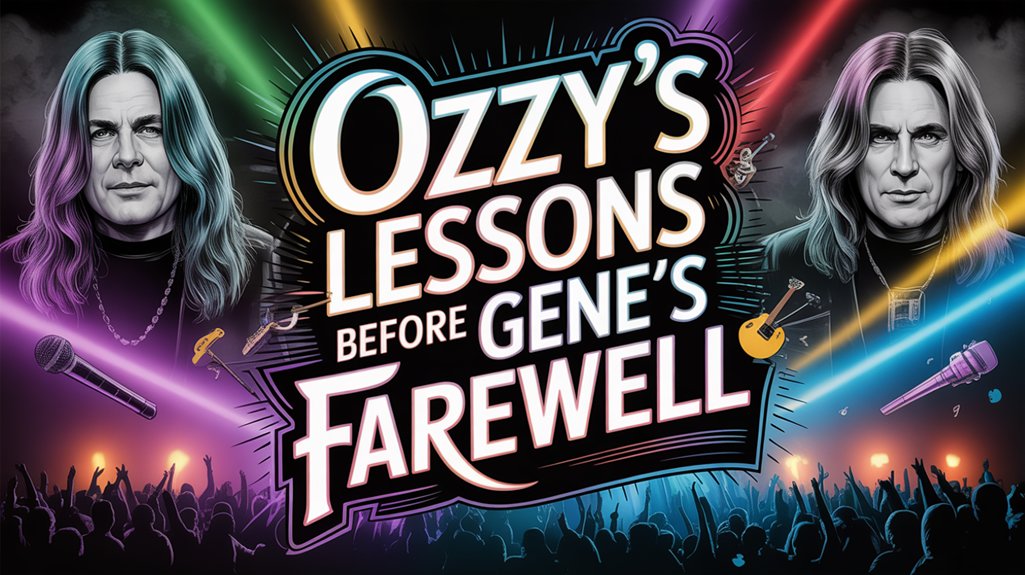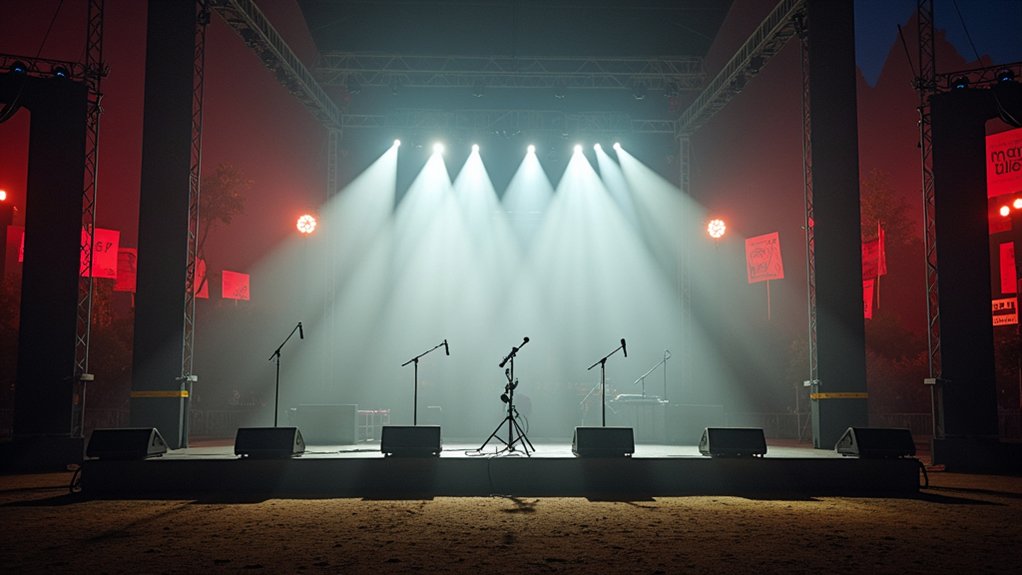Few rock relationships have spanned nearly five decades with the same blend of rivalry and respect as that between Ozzy Osbourne and Gene Simmons. Their professional association began around 1974-1975, when both KISS and Black Sabbath were emerging as formidable forces in the rock scene. During this period, KISS opened for Black Sabbath on their U.S. tour, performing in venues like the 3,000-seat theater in Boston where their competitive yet cordial relationship first took shape.
Backstage interactions between the bands revealed the genuine warmth that would characterize their long-term connection. Simmons particularly recalled Osbourne’s friendly greetings and an amusing encounter with Black Sabbath’s Geezer Butler, moments that left lasting impressions despite the intense competition between their respective groups. KISS initially secured only a few shows as the opening act for Black Sabbath’s tour, but quickly made their presence known. This professional rivalry ultimately fueled creative energy that helped define heavy metal for generations to come. Simmons was deeply affected by news of Osbourne’s passing at age 76, reflecting the significant loss felt throughout the music community.
Behind the competition, genuine camaraderie flourished, transforming rivalry into creative fuel that shaped an entire genre.
Simmons has consistently credited Osbourne as a foundational figure in heavy metal, describing him as a completely original artist who inspired countless bands. “There was no person who inspired Ozzy,” Simmons noted, emphasizing Osbourne’s extraordinary authenticity and nonjudgmental nature. This authenticity later translated into mainstream appeal when “The Osbournes” pioneered the celebrity family reality show genre, paving the way for similar programs including KISS’s own reality venture. Both artists understood the importance of personal branding in establishing their unique identities in the competitive music landscape.
The contrast between Osbourne’s dark stage persona and his genuine, kind-hearted personality particularly impressed Simmons over the decades. While Simmons admitted to his own moments of ego, he marveled at Osbourne’s consistent humility and warmth.
On stage, Simmons regarded Osbourne as a “giant” whose commanding presence and distinctive sound offered a stark contrast to KISS’s theatrical approach. Both artists found tremendous success through sync deals for their music, which helped cement their legacies beyond live performances.
Through nearly five decades of parallel careers, the two icons maintained mutual admiration despite representing different facets of rock performance. Their relationship exemplifies how artistic respect can transcend competition, with each acknowledging the other’s contributions to a genre they both helped define through their contrasting yet complementary approaches to music and stagecraft.




